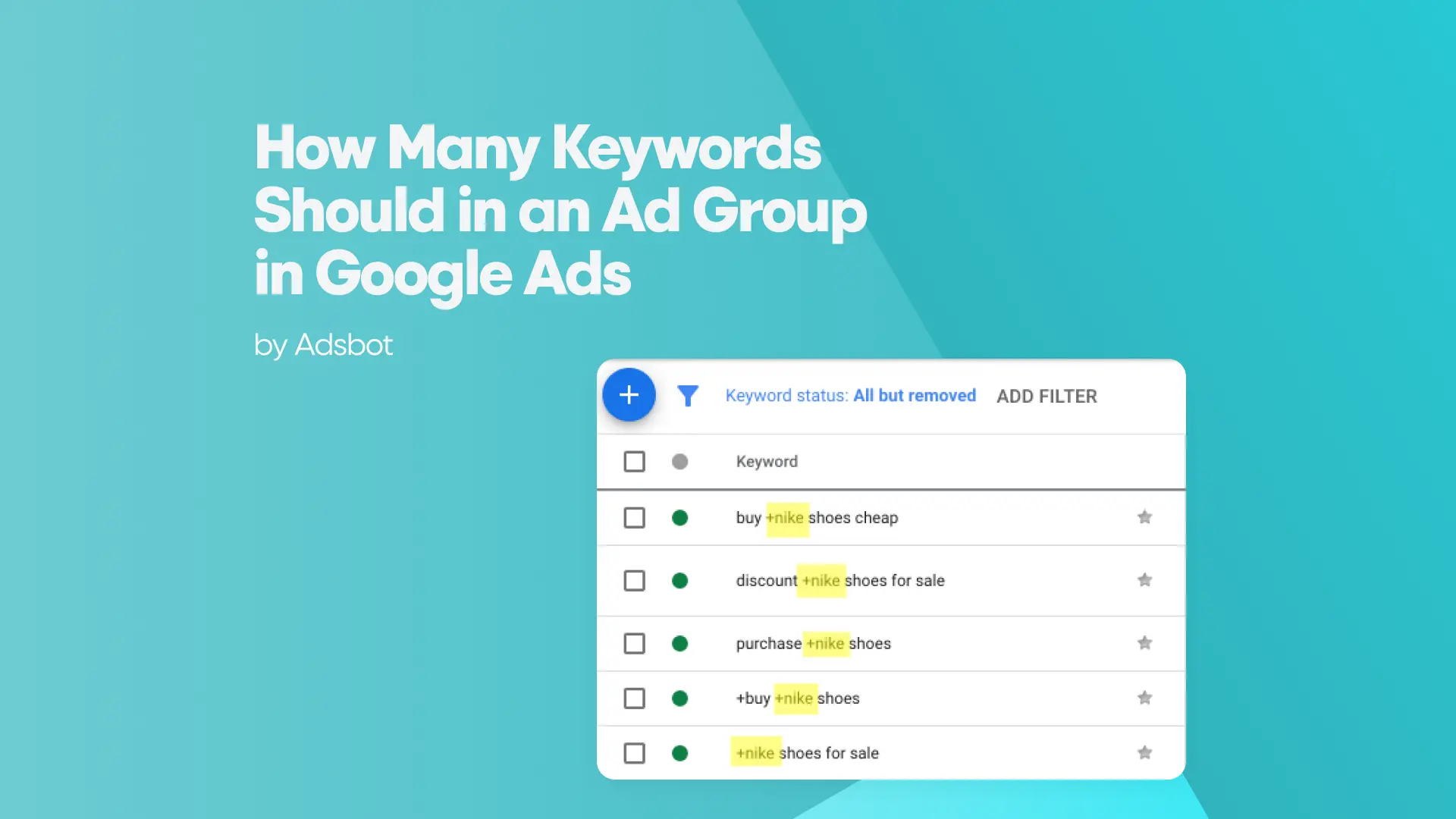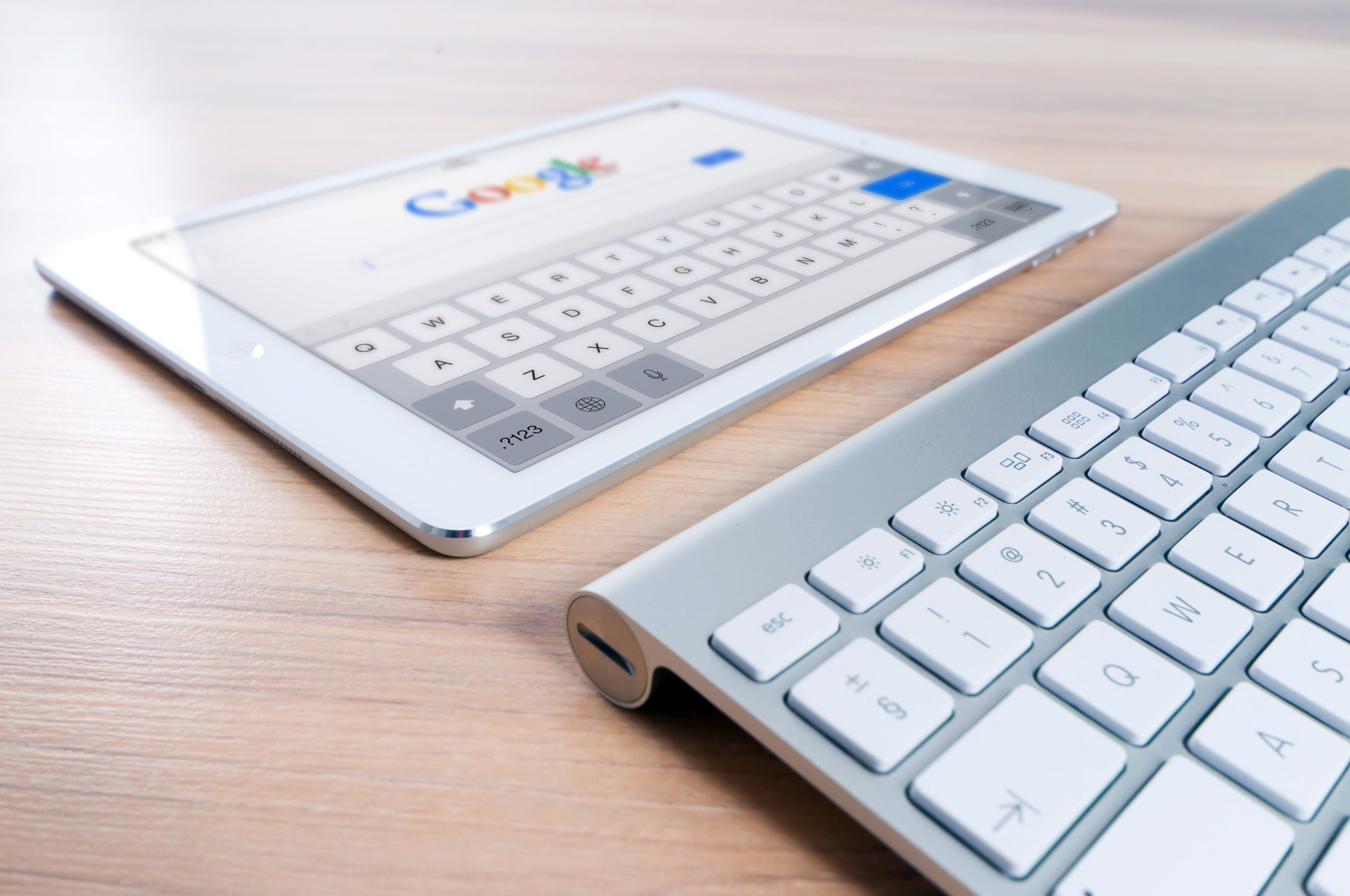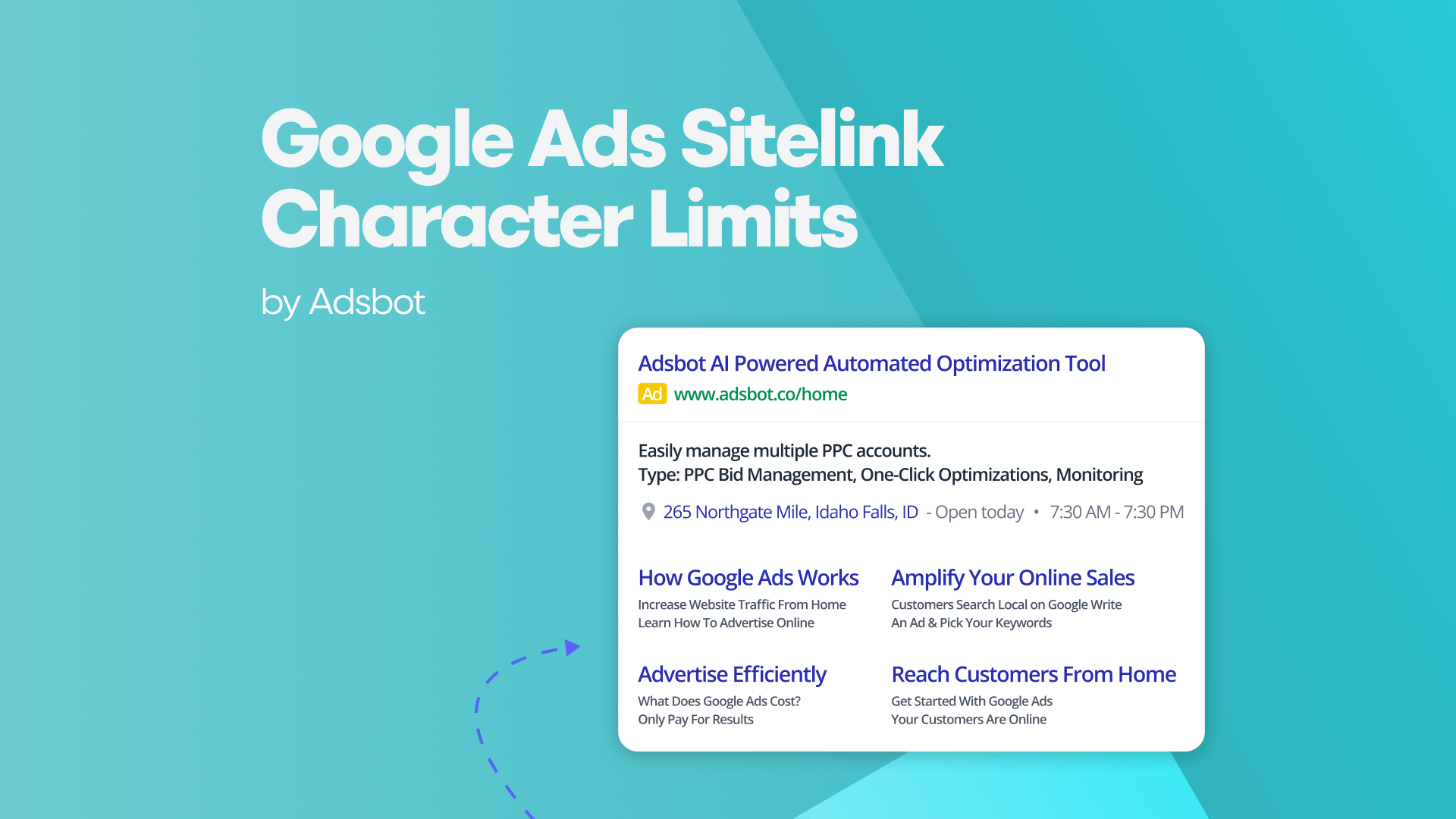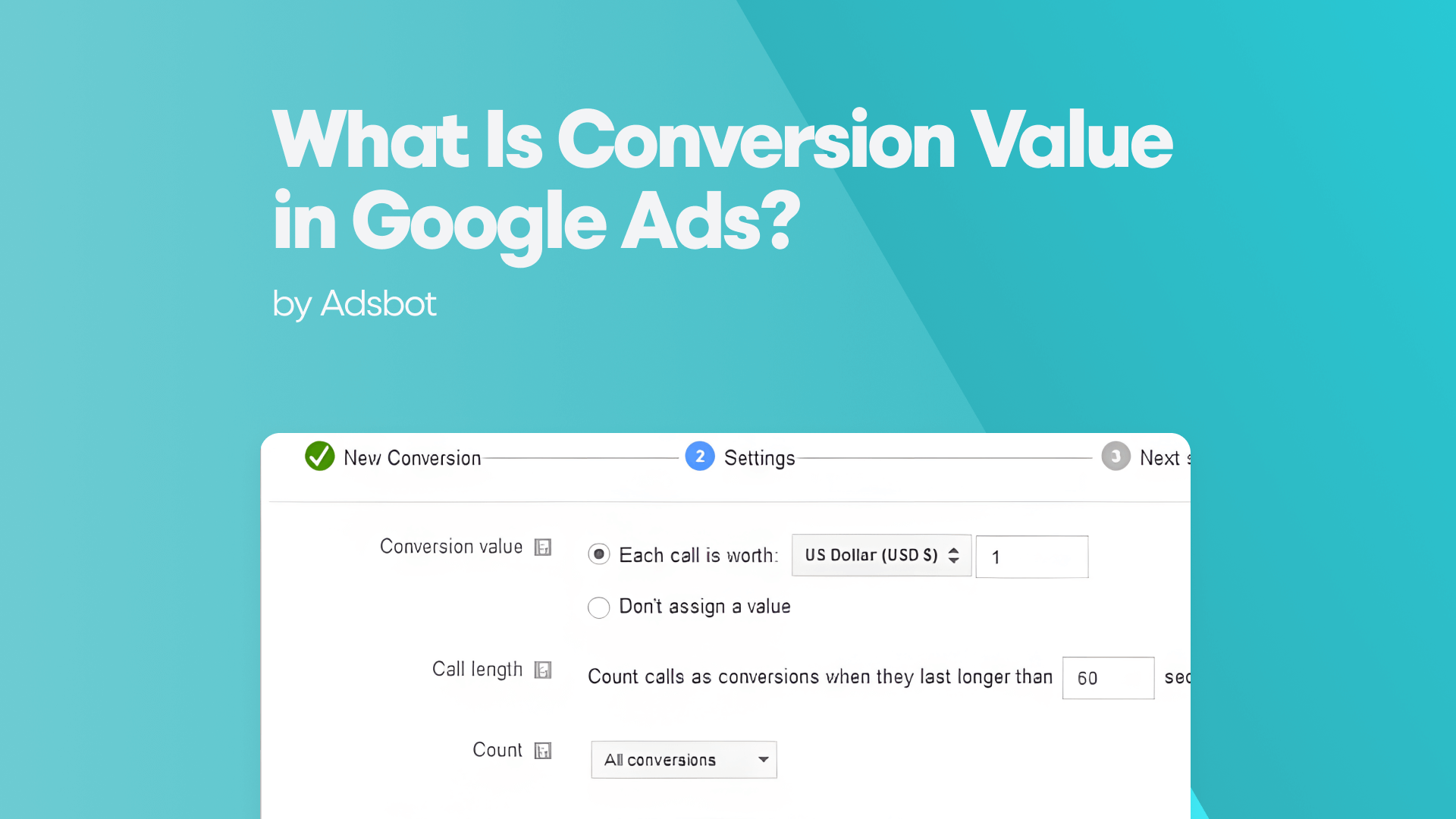With 93% of online experiences starting with a search engine and ad spending predicted to surpass $876 billion by 2026, selecting the appropriate ad software is no longer a mere benefit; it’s essential. Whether you’re a solopreneur launching your first campaign or a marketing director managing seven-figure budgets, the difference between mediocre results and explosive growth often comes down to one thing: the tools you use.
But here’s the problem: With hundreds of ad software platforms flooding the market, each promising better targeting, higher conversions, and lower costs, how do you cut through the noise? Which tools actually deliver on their claims, and which ones will leave you drowning in wasted ad spend? This 2025 guide goes beyond a simple list of top ad software; it details their functionalities, essential features, and strategies for maximizing ROI. By the end, you’ll know exactly which platform aligns with your goals, whether that’s hyper-local targeting, AI-driven automation, or cross-channel attribution.
Ready to transform your advertising strategy? Let’s dive into the future of ad tech, where data meets creativity, and every dollar spent works harder for you.
What Is Ad Software and How Does It Work?
Ad software, short for advertising software, is a specialized digital tool designed to automate, optimize, and analyze advertising campaigns across multiple channels, from search engines and social media to display networks and affiliate programs. At its core, ad software acts as the central nervous system of modern marketing, bridging the gap between brands and their target audiences through data-driven precision. Unlike traditional advertising methods that rely on broad, static placements (think billboards or print ads), ad software leverages real-time bidding (RTB), machine learning, and behavioral analytics to deliver personalized messages to the right users at the optimal moment.
The workflow typically begins with campaign setup, where marketers define objectives (e.g., lead generation, sales, or brand awareness), target demographics, and budget allocations. The software then integrates with ad exchanges, like Google Ads, Meta Audience Network, or programmatic platforms, to compete in auctions for ad placements. Advanced algorithms assess user intent signals (such as search queries, browsing history, or past purchases) to determine the most relevant audiences, while automated bidding strategies adjust spend in real time to maximize conversions.
Post-launch, the software tracks performance metrics (click-through rates, conversion rates, ROI) and provides actionable insights through dashboards or reports, enabling continuous optimization. For example, a tool like Google Ads might use Smart Bidding to automatically adjust bids for users more likely to convert, while a platform like HubSpot Ads syncs ad data with CRM systems to nurture leads seamlessly. The result? Higher efficiency, lower costs, and measurable growth, all managed from a single interface.
Key Features to Look for in Ad Software
The most critical feature in ad software is robust audience targeting capabilities, as precise segmentation directly impacts campaign performance and ROI. Without the ability to refine audiences by demographics, behaviors, or intent, even the most creative ads will underperform. Look for platforms that offer layered targeting options, such as Google Ads’ custom affinity audiences or Meta’s lookalike audiences, which allow you to reach users who mirror your best customers. Advanced tools like The Trade Desk even incorporate first-party data integration, enabling hyper-personalized campaigns based on your own customer insights. Other key factors include:
- Automation and AI-driven optimization: Features like automated bid adjustments, dynamic ad creation, and predictive analytics (e.g., Google’s Performance Max or Adobe’s Sensei AI) reduce manual workload while improving results. For instance, Adsbot uses custom automation agents to automate bid adjustments and provides 24/7 performance monitoring to flag issues and opportunities instantly.
- Cross-channel integration: The best ad software syncs seamlessly with email marketing tools (Mailchimp), CRM systems (Salesforce), and analytics platforms (Google Analytics 4). Tools like HubSpot Ads or Marketo Engage unify data across channels for a cohesive customer journey.
- Transparent reporting and analytics: Dashboards should provide real-time metrics (impressions, CTR, CPA) with customizable reports. Platforms like SEMrush or Ahrefs offer competitor benchmarking, while Supermetrics automates data pulls into spreadsheets or BI tools.
- Compliance and privacy controls: With regulations like GDPR and CCPA, ensure your software includes consent management tools, data encryption, and opt-out mechanisms. Tools like OneTrust integrate with ad platforms to maintain compliance.
- Scalability and pricing flexibility: Whether you’re a startup or enterprise, the software should accommodate growth without hidden fees. Self-serve platforms (e.g., Facebook Ads Manager) are cost-effective for small teams, while managed services (e.g., Choozle) offer white-glove support for larger budgets.
Ultimately, the right ad software balances power and usability. Prioritize platforms that align with your team’s expertise, beginner-friendly interfaces (like Canva Ads) for novices, or API-accessible tools (like Amazon DSP) for developers. Always test features via free trials or demos before committing, and verify that the software supports your primary ad formats (e.g., video, native, or connected TV).
Benefits of Using Advertising Software for Businesses
The single biggest advantage of ad software is its ability to deliver measurable ROI through data-driven decision-making, eliminating the guesswork from marketing spend. Unlike traditional advertising, where results are often ambiguous, digital ad platforms provide real-time performance tracking, allowing businesses to pivot strategies instantly. For example, an e-commerce brand using Shopify Audiences can retarget cart abandoners with dynamic ads, recovering up to 20% of lost sales through automated workflows. This level of precision ensures every dollar is allocated to high-intent audiences, slashing wasteful spending. Other transformative benefits include:
- Enhanced audience insights: Tools like Google Analytics 4 or Mixpanel reveal customer journey patterns, helping refine messaging. A SaaS company might discover that users who watch demo videos convert 3x more often, prompting a shift in ad creative.
- Time and resource efficiency: Automation handles bid management, A/B testing, and ad placement, freeing teams to focus on strategy. Platforms like Adsbot provide a real-time multichannel dashboard that unifies metrics from Google, Meta, and TikTok, saving teams hours of manual data compilation and providing a holistic view of campaign performance.
- Improved ad relevance and personalization: AI-powered platforms like Albert AI or Persado generate dynamic ad copy tailored to individual users, boosting engagement. A travel agency could serve location-specific deals based on a user’s IP address or past searches.
- Seamless cross-channel campaigns: Unified platforms like Sprout Social or Hootsuite Ads manage social, search, and display ads from one dashboard, ensuring consistent branding. This omnichannel approach can increase customer retention by 90%, per Harvard Business Review.
- Competitive intelligence: Features like SEMrush’s AdClarity let businesses reverse-engineer competitors’ strategies, uncovering high-performing keywords or ad creatives to inform their own campaigns.
The cumulative effect of these benefits is scalable growth with lower risk. Small businesses can compete with enterprise brands by leveraging cost-effective tools like Microsoft Advertising (lower CPCs than Google) or TikTok Ads (high engagement for Gen Z). Meanwhile, enterprises use enterprise-grade suites (e.g., Salesforce Marketing Cloud) to orchestrate global campaigns with localized messaging. The key is selecting software that aligns with your business stage, industry, and goals, whether that’s brand awareness, lead nurturing, or direct sales.
Future Trends in Advertising Technology and Software
The next frontier in ad software is being shaped by three revolutionary forces: artificial intelligence, privacy-first targeting, and immersive ad formats. By 2025, AI will handle 90% of ad optimization tasks, from creative generation to budget allocation, as platforms like Google’s Performance Max and Meta’s Advantage+ evolve into fully autonomous systems. These tools will use predictive modeling to forecast trends, such as a sudden spike in demand for sustainable products and auto-adjust campaigns before human marketers even notice the shift. Meanwhile, generative AI (e.g., Jasper.ai or Copy.ai) will enable brands to produce thousands of ad variations in seconds, each tailored to micro-audiences based on sentiment analysis and real-time behavior.
Privacy regulations are also reshaping ad tech, with cookie-less targeting becoming the norm. Solutions like Google’s Privacy Sandbox and Unified ID 2.0 will replace third-party cookies with first-party data collaboratives, where brands pool anonymized customer insights to improve targeting without compromising privacy. Expect a rise in contextual advertising where ads are placed based on page content rather than user tracking, as seen in platforms like GumGum or Seedtag. Additionally, blockchain-based ad networks (e.g., BAT’s Brave Ads) will gain traction, offering transparent, fraud-proof transactions where users are compensated for attention, flipping the traditional ad model on its head.
Finally, immersive technologies will blur the line between ads and experiences. Augmented reality (AR) ads like those on Snapchat or Instagram will let users “try before they buy,” while virtual reality (VR) brand worlds (e.g., Meta Horizon Workrooms) will host interactive product demos. Even voice-activated ads (via Amazon Alexa or Google Assistant) will become mainstream, with 60% of searches predicted to be voice-based by 2025. The most successful ad software will unify these trends, offering AI-driven, privacy-compliant, multi-sensory campaigns that feel less like ads and more like personalized storytelling.
How Ad Software Improves Campaign Tracking and Analytics
Ad software revolutionizes campaign tracking by replacing fragmented data silos with unified, actionable insights, transforming raw metrics into strategic advantages. Traditional methods, like manual spreadsheet tracking or disjointed platform reports, often lead to blind spots, such as attributing conversions to the wrong channel or missing cross-device interactions. Modern ad software solves this with cross-channel attribution models, which analyze every touchpoint in a customer’s journey, from the first ad click to the final purchase. For example, Google’s Data-Driven Attribution uses machine learning to assign credit to each interaction (e.g., a Facebook ad, a Google search, an email) based on its actual influence, revealing that multi-touch campaigns drive 3x higher ROI than last-click models.
Beyond attribution, ad software automates real-time performance monitoring with customizable dashboards that highlight anomalies, trends, and opportunities. Tools like Tableau or Power BI integrate with ad platforms to visualize data, such as peak conversion times or underperforming demographics, so marketers can adjust bids or creatives instantly. Predictive analytics takes this further by forecasting outcomes; Adobe Analytics might flag that a 10% budget increase on weekends could boost sales by 15%, while HubSpot’s Traffic Analytics identifies high-potential keywords before competitors do. For e-commerce brands, shoppable ad tracking (via Pinterest Catalogs or Instagram Shopping) ties direct sales to specific ads, while offline conversion tracking (e.g., Google’s Enhanced Conversions) bridges the gap between digital ads and in-store purchases by matching hashed customer data.
The most advanced platforms also combat ad fraud, a $81 billion problem, using blockchain verification (e.g., Lucidity) or AI-driven fraud detection (e.g., DoubleVerify). These tools flag invalid clicks, bot traffic, or misleading placements, ensuring budgets are spent on real engagement. Finally, collaborative features like Slack integrations or shared dashboards (e.g., Databox) keep teams aligned, while automated reporting (e.g., Supermetrics) delivers stakeholder-ready insights without manual effort. The result? Faster decisions, higher efficiency, and campaigns that continuously improve, not just react.
Popular Posts
-
How Many Keywords Should Be In an Ad Group in Google Ads?
Ever wondered if your Google Ads campaigns are packed with…
Read more -
Google Ads Script for Dummies: An Introduction
Imagine you have an e-commerce website that sells licensed superhero…
Read more -
Google Ads Sitelink Character Limits
Your Google Ads are cutting off in the middle of…
Read more -
What Is Conversion Value in Google Ads?
What if you could put a price tag on every…
Read more
Register for our Free 14-day Trial now!
No credit card required, cancel anytime.





